I.
The man standing outside my front door was carrying a clipboard and wearing a golden robe. “Not interested,” I said, preparing to slam the door in his face.
“Please,” said the acolyte. Before I could say no he’d jammed a wad of $100 bills into my hand. “If this will buy a few moments of your time.”
It did, if only because I stood too flabbergasted to move. Surely they didn’t have enough money to do this for everybody.
“There is no everybody,” said the acolyte, when I expressed my bewilderment. “You’re the last one. The last unenlightened person in the world.”
And it sort of made sense. Twenty years ago, a group of San Francisco hippie/yuppie/techie seekers had pared down the ancient techniques to their bare essentials, then optimized hard. A combination of drugs, meditation, and ecstatic dance that could catapult you to enlightenment in the space of a weekend retreat, 100% success rate. Their cult/movement/startup, the Order Of The Golden Lotus, spread like wildfire through California – a state where wildfires spread even faster than usual – and then on to the rest of the world. Soon investment bankers and soccer moms were showing up to book clubs talking about how they had grasped the peace beyond understanding and vanquished their ego-self.
I’d kind of ignored it. Actually, super ignored it. First a flat refusal to attend Golden Lotus retreats. Then slamming the door in their face whenever their golden-robed pamphleteers came to call. Then quitting my job to live off savings after my coworkers started converting and the team-building exercises turned into meditation sessions. Then unplugging my cable box after the sitcoms started incorporating Golden Lotus themes and the national news started being about how peaceful everybody was all the time. After that I might have kind of become a complete recluse, never leaving the house, ordering meals through UberEats, cut off from noticing any of the changes happening outside except through the gradual disappearance of nonvegetarian restaurants on the app.
I’m not a bigot; people can have whatever religion they choose. But Golden Lotus wasn’t for me. I don’t want to be enlightened. I like being an individual with an ego. Ayn Rand loses me when she starts talking politics, but the stuff about selfishness really speaks to me. Tend to your own garden, that kind of thing. I’m not becoming part of some universal-love-transcendent-joy hive mind, and I’m not interested in what Golden Lotus is selling.
So I just said: “Cool. Do I get a medal?”
“This is actually very serious,” said the acolyte. “Do you know about the Bodhisattva’s Vow?”
“The what now?”
“It’s from ancient China. You say it before embarking on the path of enlightenment. ‘However innumerable sentient beings are, I vow to save them all.’ The idea is that we’re all in this together. We swear that we will not fully forsake this world of suffering and partake of the ultimate mahaparanirvana – complete cosmic bliss – until everyone is as enlightened as we are.”
“Cool story.”
“That means 7.5 billion people are waiting on you.”
“What?”
“We all swore not to sit back and enjoy enlightenement until everyone was enlightened. Now everyone is enlightened except you. You’re the only thing holding us all back from ultimate cosmic bliss.”
“Man. I’m sorry.”
“You are forgiven. We would like to offer you a free three-day course with the Head Lama of Golden Lotus to correct the situation. We’ll pick you up at your home and fly you to the Big Island of Hawaii, where the Head Lama will personally…”
“…yeah, no thanks.”
“What?”
“No thanks.”
“But you have to! Nobody else can reach mahaparanirvana until you get enlightened!”
“Sure they can. Tell them I’m okay, they can head off to mahabharata without me, no need to wait up.”
“They can’t. They swore not to.”
“Well, they shouldn’t have done that.”
“It’s done! It’s irreversible! The vow has been sworn! Each of the seven point five billion acolytes of Golden Lotus has sworn it!”
“Break it.”
“We are enlightened beings! We can’t break our solemn vow!”
“Then I guess you’re going to learn an important lesson about swearing unbreakable vows you don’t want to keep.”
“Sir, this entire planet is heavy with suffering. It groans under its weight. Seven billion people, the entirety of the human race, and for the first time they have the chance to escape together! I understand you’re afraid of enlightenment, I understand that this isn’t what you would have chosen, but for the sake of the world, please, accept what must be!”
“I’m sorry,” I said. “I really am. But the fault here is totally yours. You guys swore an oath conditional on my behavior, but that doesn’t mean I have to change my behavior to prevent your oath from having bad consequences. Imagine if I let that work! You could all swear to kill yourself unless I donated money, and I’d have to donate or have billions of deaths on my hands. That kind of reasoning, you’ve got to nip it in the bud. I’m sorry about your oath and I’m sorry you’re never going to get to Paramaribo but I don’t want to be enlightened and you can’t make me.”
I slammed the door in his face.
II.
A few days later, just as I was trying to order lunch on UberEats, my cell phone internet stopped working. I tried my laptop. Wasn’t working either. iPad? Not working.
I’d been wondering whether Golden Lotus was going to kill me. It was the natural thing to try in this situation. But I figured people who were too enlightened to break a vow were probably too enlightened to murder me, or to threaten to break my kneecaps, or to drug me, or to take any of the other easy ways out.
But starving me – that might work. And if everyone else was a Golden Lotuser at this point, they were like a world state. They probably controlled the infrastructure, and I didn’t think there were any ancient Buddhist commandments against shutting off someone’s internet connection.
There was a 7-11 on the corner of my street. I put on a jacket, prayed to any god who would listen to me right now, and walked outside.
My street, as I remembered it, was gone. The familiar buildings had been torn down. Far away, I could see tranquil gardens and intricate pagodas. But the street I was on – the one between my apartment and 7-11 – had been turned into a gauntlet. A series of flashing, attention-grabbing billboards and video-screens explaining Golden Lotus techniques, the virtues of enlightenment, and the illusory nature of the material world, accompanied by a soundtrack of giant speakers blaring sermons.
So this was their plan. Not very subtle, but I could live with it. I stared down at my feet and broke into a run, trying to make it to the store as quickly as possible without absorbing any of the information being blasted at me. Staring at my feet turned out to be a mistake – there were sutras written all along the pavement. The first giant letter was right past my doormat, and I saw them stretching forward, continuing in order to the 7-11 I was trying to reach. I tried looking up instead, but a transparent canopy placed atop the street was similarly laden with spiritual wisdom. I closed my eyes, but this slowed my progress forward, and made me more vulnerable to sermons coming from the speakers all around me. “SINGLE-POINTED AWARENESS ON ANY INDIVIDUAL SENSATION REVEALS ITS EMPTINESS!” blared one. “THE MIND IS LIKE A STILL POOL DISTURBED BY THE RIPPLES OF THOUGHTS” blasted another.
I thought about the technical problem facing Golden Lotus leadership: how do you enlighten someone who resists enlightenment? You can’t teach them practices, because they won’t do them. You can’t impart advice, because they won’t take it. But you can draw awareness to certain facets of their own thinking, along the lines of the old “You are now aware of the feeling of your tongue in your mouth”. You can present someone with metaphors of such explanatory value that they reshape the way he interprets his own experience. If you had a lot of very smart people developing the “curriculum”, and a lot of patience, maybe it could work.
How could one resist such an effort? I would have to close all possible communication channels. I put my hands over my ears, even though the awkward position slowed my blind stumble to the store. I took a few steps forward, then felt a sudden weight. I opened my eyes. A brightly-colored macaw had landed on my right shoulder and was staring straight at me. “HERE AND NOW!” it screeched, point-blank, before flying off.
Okay. Trained birds. They were really on top of their game. So maybe I couldn’t close off all possible communication channels. Maybe I would have to fight them on their own turf. Maybe if they’ve created a super-efficient science of enlightenment, I would have to create a super-efficient science of samsara.
The convenience store sold mostly rice and incense now, and restricted rice purchases to a single day’s supply. I picked some up and headed for the cashier. The aisles were confusingly laid out, and I realized after a moment that they formed one of those labyrinths that people sometimes walk as a spiritual practice. I didn’t think those things worked, but I couldn’t take any chances. I climbed a shelf full of meditation cushions, vaulted over, and climbed down the other side to the frowning cashier.
I saw another door on the other side of the 7-11, this one guarded by a stern-looking man in a golden robe. I realized it was the door to freedom – outside my enlightenment-ad-plastered prison and into the world of pagodas and gardens outside. I assessed my chances. The monk was really big, and I didn’t know if the door was locked or if there were other guards on the other side. I decided against it. I paid for my rice, stuffed enough of it in my pockets that I could reassume the hands-over-ears-eyes-closed pose, and walked home.
A science of samsara. What would that involve? Instead of meditating on lovingkindness, I could meditate on everybody I hated. Instead of a vow of poverty, I could take a vow of greed. Instead of practicing self-awareness, I could practice self-obliviousness. I took out a piece of paper and began to jot some of this down. This was going to be so much fun.
III.
I was at the 7-11, buying a meditation cushion. My meditation on hatred was going well, but sitting on the floor that long was starting to hurt my back. I figured that on my daily rice run, I’d get a cushion, a bell, maybe some looser-fitting clothes. I was near the center of the labyrinth, picking them out, when someone tapped me on the shoulder.
It was the most beautiful woman I’d ever seen. She looked like a supermodel or something. She whispered to me. “Are you…the unenlightened person?”
I nodded, wondering where she was going with this.
“Look,” she said. “I have not had decent sex in a year and a half. Everyone is just like ‘abandon carnal desires of the flesh’ and ‘real pleasure comes from within’. And even when I can rope some guy into doing it, somehow it manages to be tranquil.” She spat out this last word. “Are you…uh…are you free tonight?”
I controlled my shock at my good fortune long enough to sputter out a short “yes”.
We stumbled back to my apartment together, braving the billboards and sermons and dive-bomb-parrots. In record time we made it to my bedroom and started ripping our clothes off.
“How did you get in?” I asked her. “Is this place well-guarded?”
“There’s a door in the back of the 7-11,” she said, confirming my suspicions. “There’s one monk and your side, and about five on the other. There’s no restriction on people coming in to talk to you if they want. Only on you getting out.”
I pulled her onto the bed and into my embrace.
“You feel so good,” she said. “It’s like a snake, coiled at the bottom of the spine, waiting to get out. Oh! It’s like the snake is made of energy, and the energy is escaping, moving upward…”
That sounded familiar. I stopped, pushed her off me.
“Wait a second,” I said. “That’s from tantric sex!”
“Tantric sex?” she asked innocently. “What’s that?”
“Don’t pretend you don’t know what tantric sex is! It’s that thing where sex can be used as a spiritual practice that brings people to enlightenment! You’re trying to trick me!”
She pouted seductively. “Come on, let’s keep going.”
I started putting my clothes back on. “You guys are scared of me. You’re scared that you’re not reaching me, that I’m immune to your tricks. Well, tell them that they’re going to have to try harder. Every day I meditate for an hour on all the people I hate, then another hour on all the material goods I wish I had, then for another hour on all the women I want to screw. Then I finish it off with an hour trying to experience selfhood as viscerally and dramatically as possible. I’m reaching depths of samsara they can’t even imagine. And there’s nothing you or the Head Lama or anyone else can do about it. Get out!” I threw her clothes at her. When she left, I slammed the door in her face.
IV.
A knock on the door.
I got up from my meditation cushion, eyeing the stains and scratches on it. Twenty years. Twenty years I had kept up my meditation practice, the four hours of anger-greed-lust-selfhood meditation I’d established a few weeks after my confinement started. To be honest, I didn’t look much better than the cushion. I was getting old. My rice and tap water diet kept me lean and wiry, but the years still took their toll. There were no razors at the 7-11, so I had grown a long white beard.
For the first few years, Golden Lotus had tried more tricks like the supermodel. I had seen through them all. Eventually they must have given up. I’d been unmolested for more than a decade. I wondered what they were up to now.
At the door was a kid. There was no other way to describe him. Scrawny, a little worn-out, looked South Asian, maybe sixteen or seventeen. He was wearing some kind of black plastic poncho over his clothes.
“Excuse me,” he said. “Are you the unenlightened man?”
“That’s me.”
“I want to learn from you.”
“What?”
“Master, until now I have lived an unexamined life. Going to temple every day, meditating, taking the drugs, doing the dances. But I longed for something more. In an old library, I found a book which claimed the ancients knew of a state known as samsara, and of a mystery called the Self. That those who master these mysteries gain strange powers. Using the technique of Greed, they can attain such perfect willpower that they can work eighty hour weeks for abusive bosses without quitting. Using the technique of Lust, they can reach such perfect focus that all their thoughts for months revolve around the same person.
“I thought it might all just be legends. But I asked those who knew more than I did, and they directed me to those who knew more than them, and finally I heard rumors that in a far-off place called California there was an ancient sage who had achieved samsara long ago. Please, Master, will you take me as your disciple?”
I was flabbergasted for just a second before common sense took hold of me once again. “No,” I said. “You’re some kind of trick. Go away.”
“Master!” protested the kid. “I will wait kneeling on your doorstep without food or water until you agree to take me as a disciple!”
I shrugged and closed the door.
The next day, when I went out to 7-11, the kid was still there, kneeling.
“Master!” he said. “Please take me as your disciple.”
“No,” I said. “But if you want to make yourself useful, you can help guide me to the corner store while I have my eyes closed and my hands over my ears. And if you see any parrots, fight them off.”
“Yes, Master!” said the kid, and he took me by the arm and helped guide me to 7-11.
The next day the same thing happened. I went to go to the store, the kid was waiting on my doorstep, and he helped guide me to 7-11 safely. By the time I got back it was raining, and although the transparent canopy covered with sutra verses blocked out the worst of it, there was still a chill in the air.
“You might as well come inside and sleep on the couch,” I told him. “And have a little of the rice.”
The next morning, we began his training. I asked him to think about all the material goods he wanted. He couldn’t come up with any. I asked him to think about all the most attractive women he knew. He said he’d never thought about women that way before, and it seemed kind of objectifying. I asked him who really pissed him off, and his only answer was himself, when he strayed from the path of maximum virtue.
I tried for a few hours, then I gave up.
“Go to the spare room,” I said “and think about the sound of one hand clapping. Once you figure it out, come tell me. Until then, leave me alone. Got it, uh…what was your name again?”
“Maitrayaniputra,” said the kid.
“Not anymore,” I said. “From now on, your name is Brad.”
V.
Somehow, my fame spread.
My apartment-street-convenience-store prison had turned into a makeshift ashram. Two dozen seekers from all around the globe. A select few slept in my house. The rest pitched tents on the street, or huddled into the aisles of the 7-11. The guard on the back door stared at them impassively, but said nothing.
I tried to discourage them, turn them away. But every time I yelled at one, or hit her with my cane, or slapped him on the face, more kept coming, sure this was some manifestation of ancient wisdom. A few gave up and returned back through the guarded door; but overall the numbers grew and grew.
Brad had declared himself chief of my disciples, the Peter to my Jesus. He would lead the congregation in meditation each morning, drawing off my old morning routine – an hour thinking of all the people they were angry at, an hour thinking of the material goods they wanted, an hour thinking of all the sexy people they wanted to screw – followed by a final hour of meditation on the Self. The novices failed in ways I didn’t even think possible. All the material goods they wanted were things like lotuses and celestial jewels. All the people they wanted to have sex with were particularly virtuous saints whose wisdom they admired. Sometimes, I would march into the room and demand to know what a novice was thinking. “Who are you having sexual fantasies about?” I shouted at one young man, who I had given the name Kyle. He admitted he was thinking of the Tibetan Buddhist guru Padmasambhava. “Are you even gay?” I demanded. He didn’t know what that meant, so I explained that some people were straight and should be having fantasies about the opposite sex, and other people were gay and should be having fantasies about the same sex, and other people were bi and could have fantasies about whichever sex they wanted. “But how would I know which of those I am?” Kyle asked me. I didn’t know what to say, so I hit him with my stick and stormed out.
But they kept coming. Kyle left the ashram, only to return a few weeks later with his sister. Her name was Shantideva; I told her she would henceforth be Sherri. Sherri was stick-thin, a dialysis port in one arm, and rarely spoke. Kyle told me she had a rare disease and would die before age 30. She had read Dylan Thomas’ “Rage Against The Dying Of The Light” and decided to achieve samsara before she died, so that she too could feel rage at her situation. I was nervous about her – she looked like the slightest breeze would tip her over – but she meditated with a fervor beyond anything I could have predicted, sometimes outdoing even Brad in time spent on the cushion.
I instituted a dress code for my disciples. I made the men dress as douchey as possible, and the women as slutty as they could. One day I dug my old printer out of a closet, and ran off a thousand copies of George Washington’s face. I distributed them to the disciples as unevenly as I could. “This is money,” I said. “It is an important ritual object. From now on, whenever someone wants something from you, you must refuse unless they offer you money. If they don’t offer you enough money, you should yell at them and call them cheap. If they offer you too much money, you should laugh at them behind their backs and tell everyone they’re an easy mark.”
“But Master,” protested Kyle, “why do we need all these rituals? Didn’t you yourself say that the essence of samsara is about mental states? Aren’t all these intermediaries and traditions only distracting us from the true work of self-transformation?”
“I will give you $10 to shut up and stop bothering me about this,” I said, and I handed him ten of the Washington papers.
Kyle slowly nodded and took them.
“Now do you understand?” I asked.
Kyle nodded, but I could tell he did not understand.
A few days later, Brad came into my room. I looked up.
“Master,” he said. “There is no sound of one hand clapping. You were just trying to get rid of me. I wasted almost a year of my life trying to figure it out, and there was nothing there. It was all a fraud and you’re a fraud and this whole piece of shit ashram is a fraud. Fuck you.”
“My son,” I said. “Today you have achieved samsara.”
Brad stopped as if stuck by a train. He tried to speak, then tried again, then fell silent. I watched as understanding flowed into his eyes.
“You bastard,” he said. “You magnificent bastard. You really did it.” He hugged me. I hugged him back. Then I marched him out to the street, where the majority of the disciples were eating their evening meal. “Everybody!” I announced. “Brad is unenlightened now! That means he’s better than you! He’s going to lord it over you, and you should all feel jealous of him!” A few looks of bewilderment from people who couldn’t grasp why they should be unhappy at anyone else’s achievement, but that was fine. I knew I had planted a seed.
VI.
Years went by. My first disciples – Brad, Kyle, Sherri, and the rest – left the ashram to preach to the outside world. New disciples replaced them. Life went on.
I grew into my role as samsara master. If Golden Lotus could enlighten people in a weekend, I needed to be able to unenlighten them faster. I spent more and more time in meditation, probing the true meaning of samsara, investigating each impulse, querying each baser urge. My doctrines became more and more esoteric. I began telling seekers that they were already unenlightened, if only they could see it. That there was nothing to attain. That there was no samsara separate from nirvana.
Some left, unable to handle the paradox. It was one of these, a middle-aged man I had dubbed Logan, who left behind the golden robe.
He had taken off to change it douchey clothes as soon as he arrived. And he left in the douchey clothes I gave him. The golden robe hung in my closet. Nobody missed it. Nobody knew I had it.
I decided to try a jailbreak.
I put on the golden robe. Then I dug up an old razor from the bottom drawer of my bathroom. Then I shaved off my long beard. Then I shaved my head, until I looked the very image of a Golden Lotus monk.
I went out to the 7-11 and walked up to the back door. “I’m sick of this place,” I told the guard. “I’m going home.”
He waved me through, and for the first time in twenty-five years, I stepped into the world beyond.
It looked like a Japanese garden. Bonsai-perfect trees grew everywhere, hanging over glassy ponds stocked with koi. The roads had given way to carefully tended paths, lined every so often by pagodas or temple-like houses.
I walked further, until I reached what had been the town center before. The general aesthetic continued, but the buildings were closer together now. I saw fellow golden-robed acolytes walking the streets or sitting contemplatively beneath the trees.
One golden-robed man sitting underneath a cherry tree looked exactly like Brad. He was talking to another man who looked exactly like Kyle. I could only hear bits of their speech, but it sounded very tranquil. I hid behind a shrine. What was going on here? Was it really them? Had they reverted already?
“Sorry!” said a jogger, as she almost ran into me. I blinked again, took a second look. It was Sherri, the frail girl with the chronic disease. She didn’t look frail or diseased now. I grabbed her by the wrist, made her stop.
“Sherri. What’s going on?”
I saw recognition in her eyes, and her lips curled into a smile.
I’d been right that first time then, all those years ago. A trick. They’d all been plants. Why? What had they accomplished? Getting me thinking about samsara. I retraced several years worth of mental steps. Trying to understand the nature of desire. Becoming more aware of the movements of my own mind. They had gotten me good. I had to distract myself. Think of a material good. Think of a red Ferrari. I concentrated on a red Ferrari as hard as I could, tried to block everything else out of my mind, all the insights, all the shame, all the trickery. Just a red Ferrari, on a black road, beneath a blue sky. Everything else faded.
Sherri clapped once, right in front of my face.
Upon hearing this, I was enlightened.

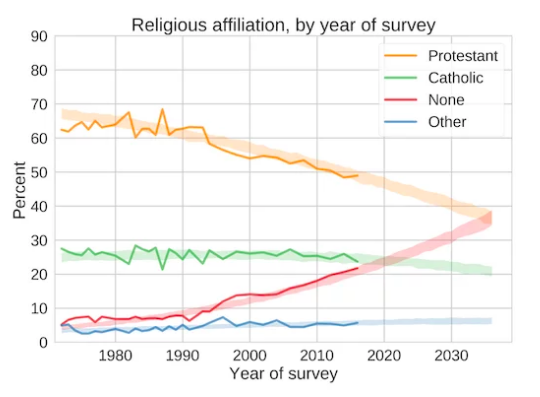
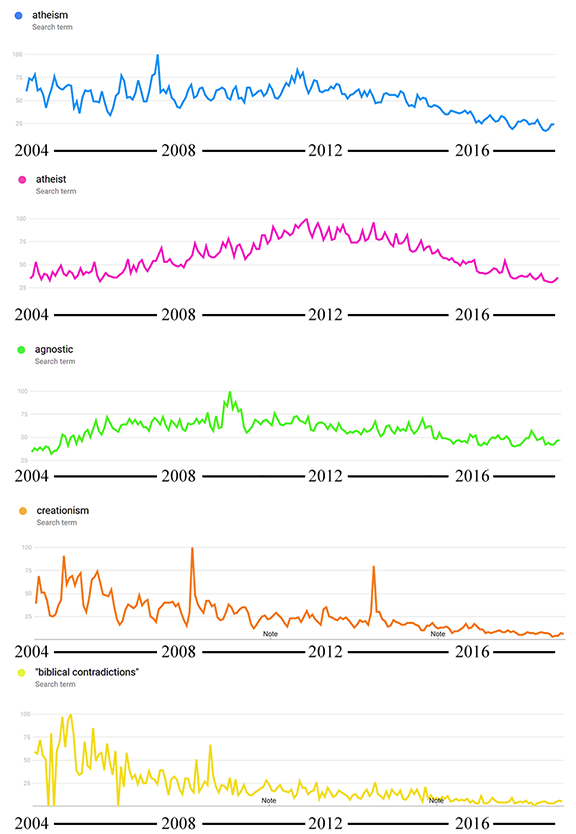
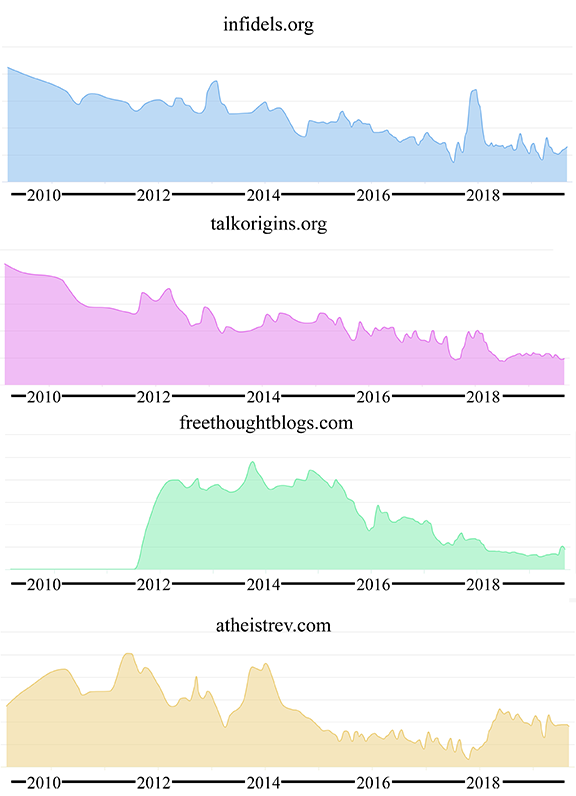



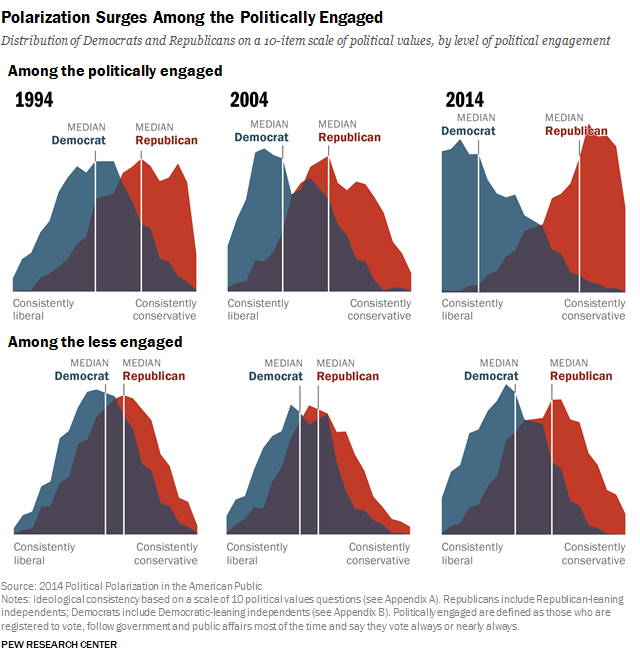
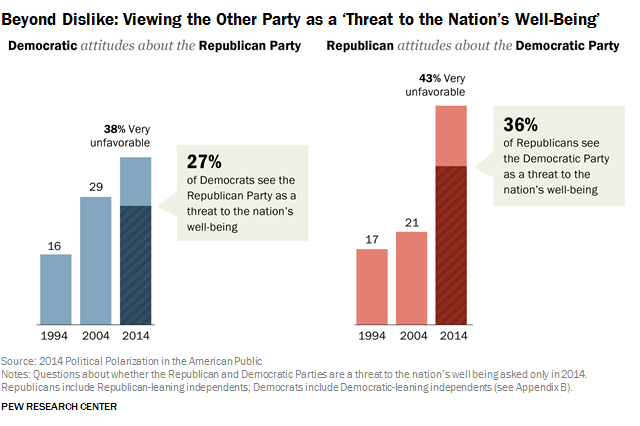
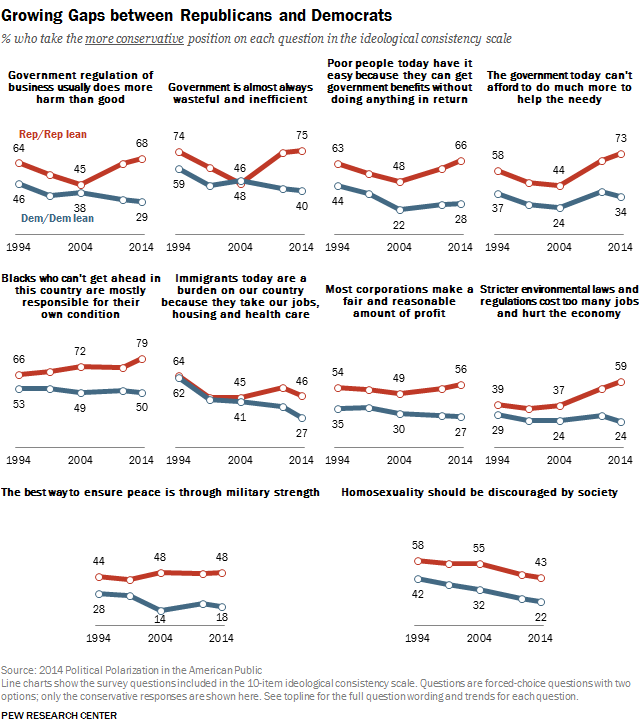
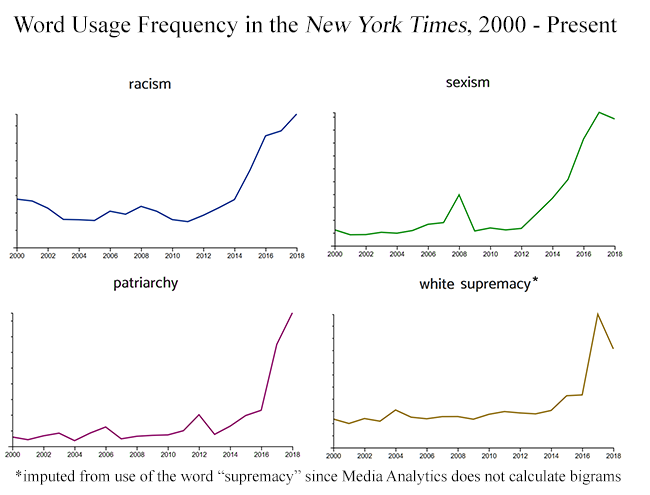
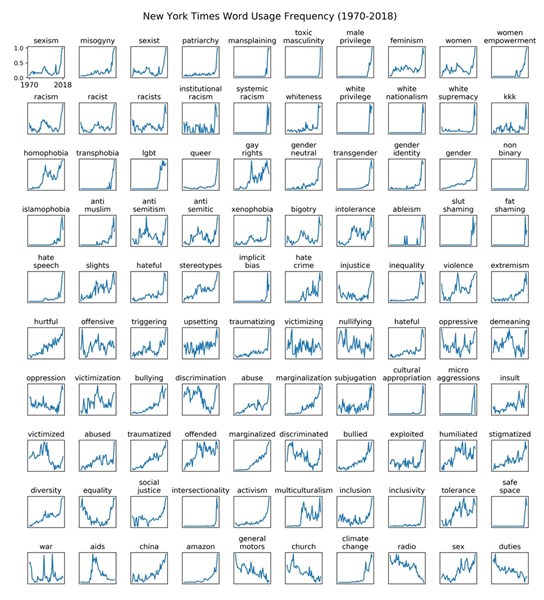
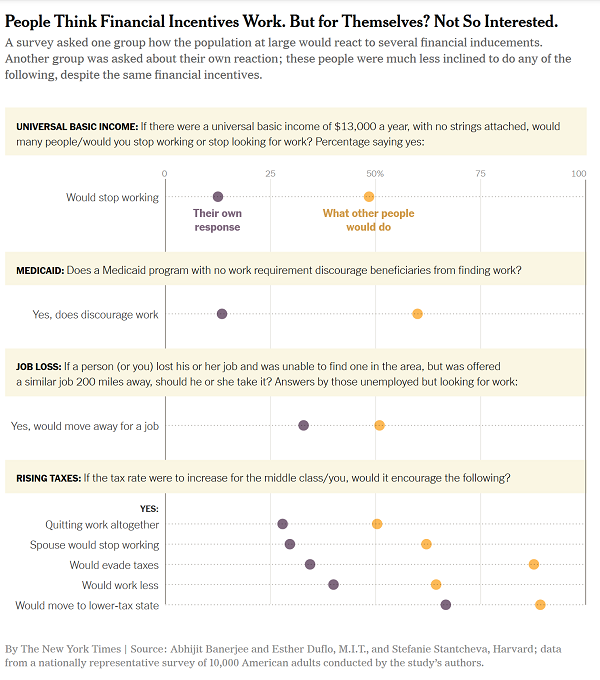

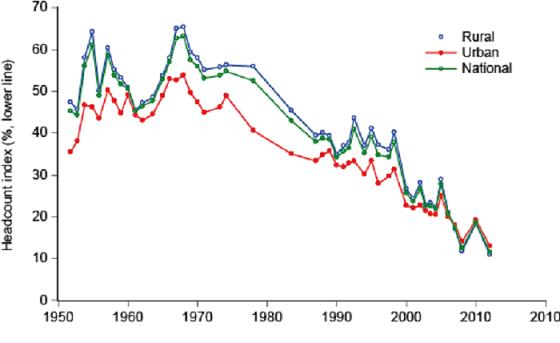
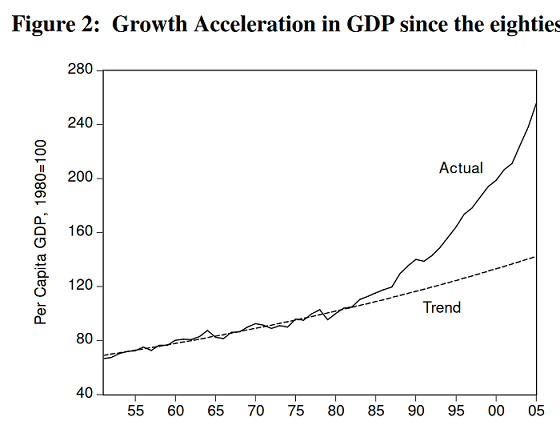

















Highlights From The Comments On PNSE
(original post)
Alex M writes:
Imagine a doctor told you that repeated trauma can cause a long-lasting state of dysphoric depersonalization. In fact, you don’t need to imagine it – I am telling you now that repeated trauma can cause a long-lasting state of dysphoric depersonalization. How much effort should you put any effort into doubting this? If I say that my evidence is I know a few patients with trauma histories who say they’ve had long-lasting states of dysphoric depersonalization, and that most other doctors I talk to also know some patients, and a couple of small studies have been done on this and say the same thing, are you especially interested in doubting it?
Now imagine a doctor tells you that repeated meditation can cause a long-lasting state of euphoric depersonalization. Should our prior on this be any lower than the last statement? Should we reject the experience of thousands of people and dozens of studies because it’s just too far out there? Should we say that no rationalist should ever believe such a thing?
I don’t think the minimalist account of enlightenment takes us quite as minimal as “a long-lasting state of euphoric depersonalization”. But it takes us pretty close. And the evidence includes thousands of otherwise-trustworthy people who say they’ve had the experience, including some people I know personally and trust quite a bit, and who radically change their behavior afterwards (even if that change is just being impressed by the experience they devote the rest of their lives to exploring it). These are accompanied by many other people who haven’t gotten that far but report surprising and related-sounding experiences from the small amount of meditation they’ve done. And all of this is supported by brain scan results. And all of this meshes well with the evidence from philosophers like Dennett and Parfit that the “self” is a construct created by the brain rather than an objective reality, which itself meshes well with evidence that groups like schizophrenics and drug users can have disturbed senses of self or misplaced self/other boundaries.
This is really as much evidence as we have for any kind of mental state we haven’t experienced personally, and I’m pretty okay with it.
Bugmaster asks:
No. I also wouldn’t believe 50 people who said they had seen Bigfoot, or created perpetual motion machines. I would believe 50 people who said McDonalds had a new dessert on the menu, or that Biden was up in the polls today, or that they had the flu (assuming I hadn’t investigated these issues myself).
As Bayesians, we compute our belief by combining evidence with priors. Our evidence in all these cases is “fifty people believe something”. Our priors are either very low (in the first three examples) or reasonably high (in the last three).
As I mentioned above, my prior that there are euphoric depersonalized states of consciousness is pretty high, given that I know there are dysphoric depersonalized states of consciousness. It’s certainly not low enough that when thousands of people swear they have it, and most of the neuroscientists who look into it end up pretty convinced that it’s real, I’m going to say “Haha, no, you’re all lying”. For thousands of not-really-enlightened people to all falsely claim to be enlightened, describe enlightenment in similar ways, and go around teaching students who themselves later claim to be enlightened, all without giving up the game – sounds like an absurd conspiracy theory.
If I try to steelman the anti-enlightenment argument, the best I can do is to imagine a sort of placebo enlightenment, where if you get told by your culture that you can feel inner peace and selflessness by doing X, eventually you feel (something that can be mistaken for) inner peace and selflessness.
But if we’re going to worry about this, why don’t we believe that LSD only causes placebo hallucinations? Maybe drug culture talks up LSD hallucinations so much that users say they’ve seen them to fit in. Why don’t we believe chronic pain conditions are only placebo pain? Why don’t we worry that “runners high” and “endorphin rushes” are just stories runners tell to feel better for themselves after torturing their bodies over long marathons?
Part of the answer must surely be “because there’s no philosophical difference between pain and a ‘placebo pain’ which presents the same subjective experience as pain, given that pain is a subjective experience”. The other part will depend on our priors about how often people have unusual experiences vs. how often people make things up. My prior is that people have really unusual experiences all the time, and that they make things up much less than doctors like to think. My OCD sometimes presents as a burning need to touch a random piece of furniture far away, felt through a sensory modality I cannot describe to anyone without the condition; my standing to accuse other people of making their unusual experiences up is pretty much nil.
I worry that all of this is being contaminated by associations with the word “enlightenment”, where it represents something like “becoming a superhuman surrounded by glowy rays of light”. If you just say “euphoric depersonalization experience” (or, like Martin, “persistant non-symbolic experience”), it doesn’t seem to have as much cause for skepticism. I imagine people doubted the existence of Komodo dragons for a while based on generally-accurate anti-dragon priors, but if you just think of them as “big lizards” then the problem disappears.
Seppo has a more interesting anti-enlightenment steelman than my poor attempt:
Remember, on the last SSC survey, 6% of respondents said they were enlightened. Sure, 4% of that is Lizardman’s Constant. What about the other 2%? Maybe some could be the walking-in-the-woods-one-day people Joslin talks about?
Skaladom writes:
I think this is a good amendment to the above points. Maybe “enlightenment” really should be restricted to superhumans surrounded by glowy rays of light. One thing that many descriptions of spiritual experiences share is a warning that the first rungs on the enlightenment ladder, the entry-level forms of enlightenment, are so inconceivably world-shattering that the people who attain them will think they’ve reached the ultimate possible state of being unless they have really strong reasons to think otherwise. Maybe random people walking in the forest and 6% of SSC readers have had early-stage awakening experiences, but there are also states beyond that.
Aella writes:
Cuke writes:
This is what I mean when I talk about the sheer number of testimonials. It’s not just some guy in Tibet trying to sell you a book. Whenever I talk about it, there are smart, normal-seeming people who pipe up and say they have “some experience with the terrain”. I think if you’re going to doubt all these people, you need some theory of what’s going on, something more explanatory than just “we’re rationalists so we don’t believe any of this stuff”.